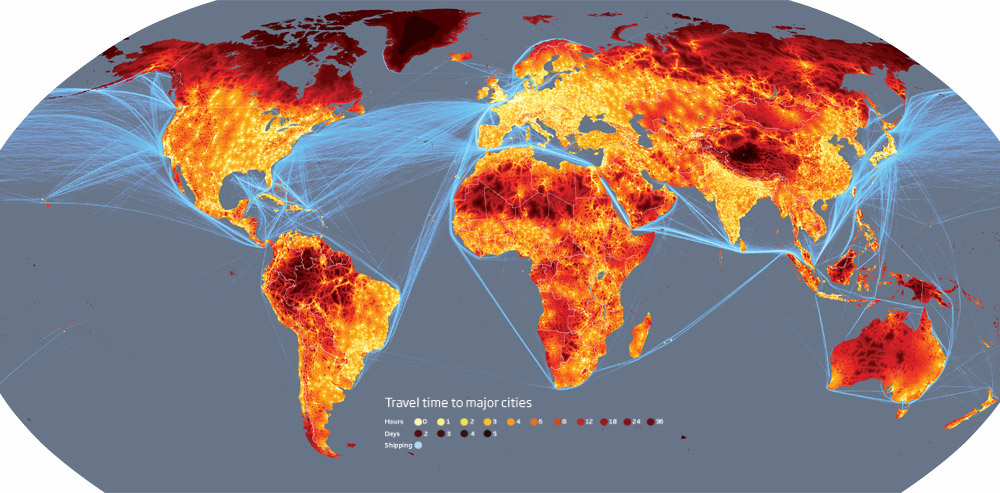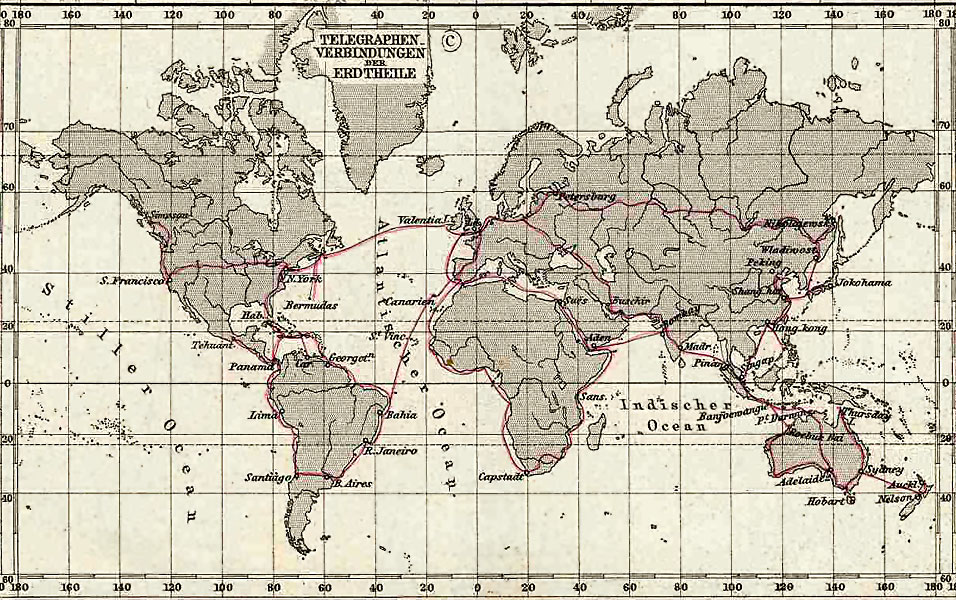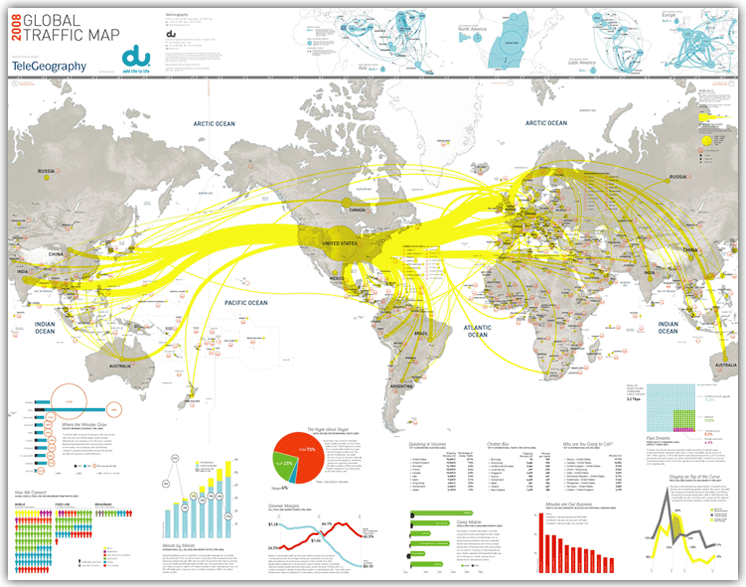
BLDGBLOG writes about Nina Burleigh’s book about the French in Egypt during Napoleon, Mirage. In it, Burleigh mentions how each neighborhood in Cairo was walled off from each other. Only small gates, sometimes, just a single gate for a neighborhood interconnected the city. A city of cities if you will. Napoleon ordered that the entire city be mapped.
[I]t was deemed so daunting that at first the engineers hoped the order [to map Cairo] would be rescinded” – but, of course, “it was not.” Edme-François Jomard, the cartographer in charge of the project, wrote: “The city is almost entirely composed of very short streets and twisting alleys, with innumerable dead-ends. Each of these sections is closed by a gate, which the inhabitants open when they wish; as a result the interior of Cairo is very difficult to know.” Jomard, Burleigh writes, would spend his time “knocking on gates that hid whole neighborhoods.”
When I read this, I thought of two things. First, it sounds like 18th century Cairo was almost like Harry Potter’s Diagon Alley. Only if you knew where you were going, and knew the password, would the hidden areas be open to you. The other was the Forma Urbis Romae.
The Forma Urbis Romane was an detailed marble map of Rome circa 200 CE. It outlined every street, alley, doorway, and stairwell in the city. Not just public areas, but the internal plans to the buildings as well. Unfortunately, a majority of the map was destroyed and used for lime and other building materials. Today, only about 10% remains.
I’ve always had a soft sport of maps every since I was little. Whether the map was a real location, or a fictional one, a map always filled me with wonder. It was a window to an adventure. With a map, I’m prepared to go.








